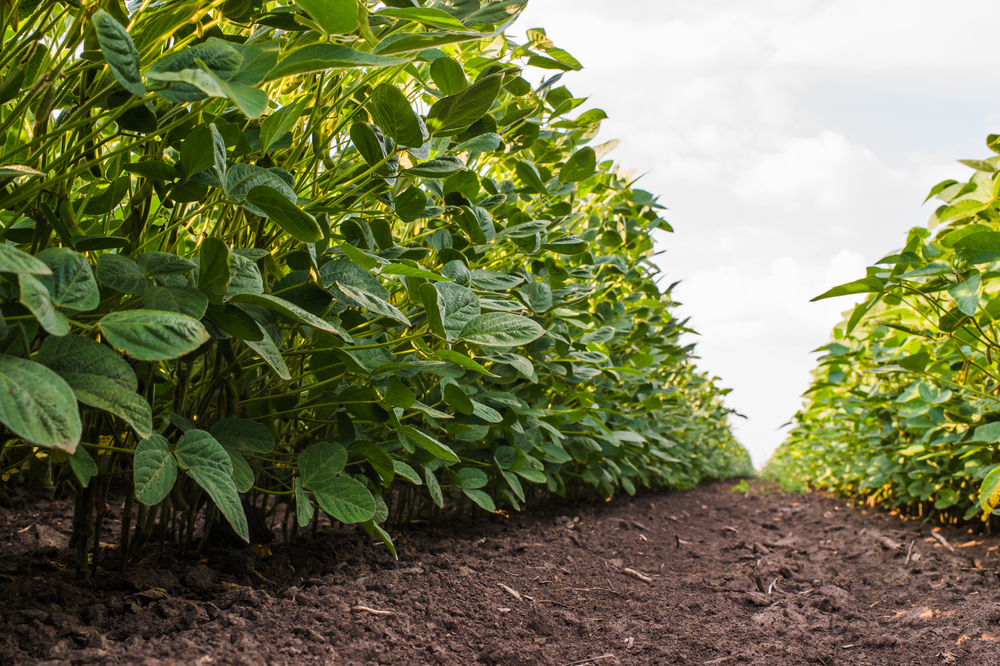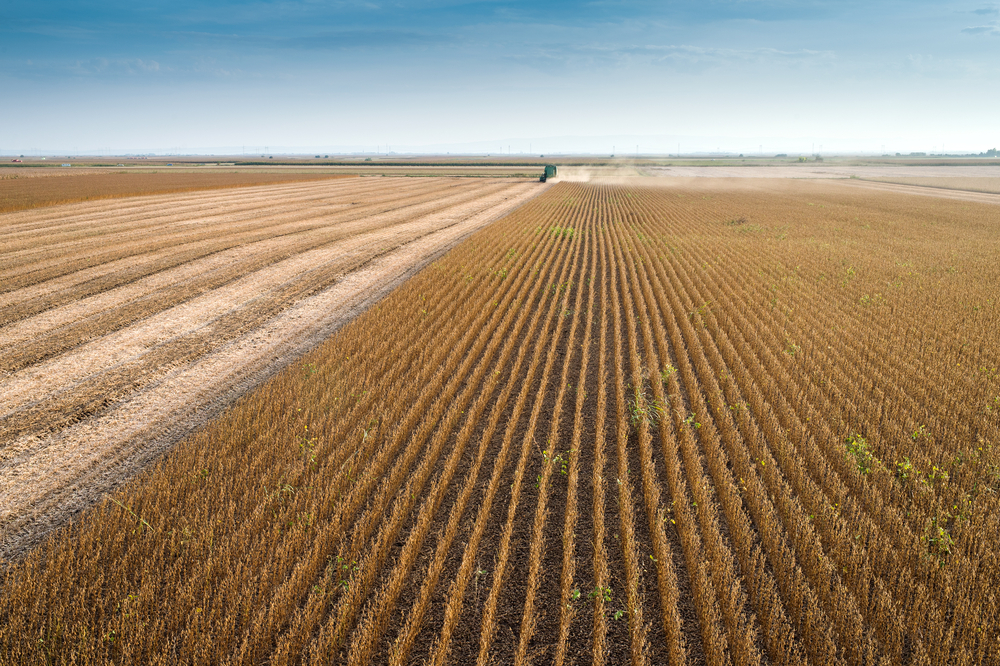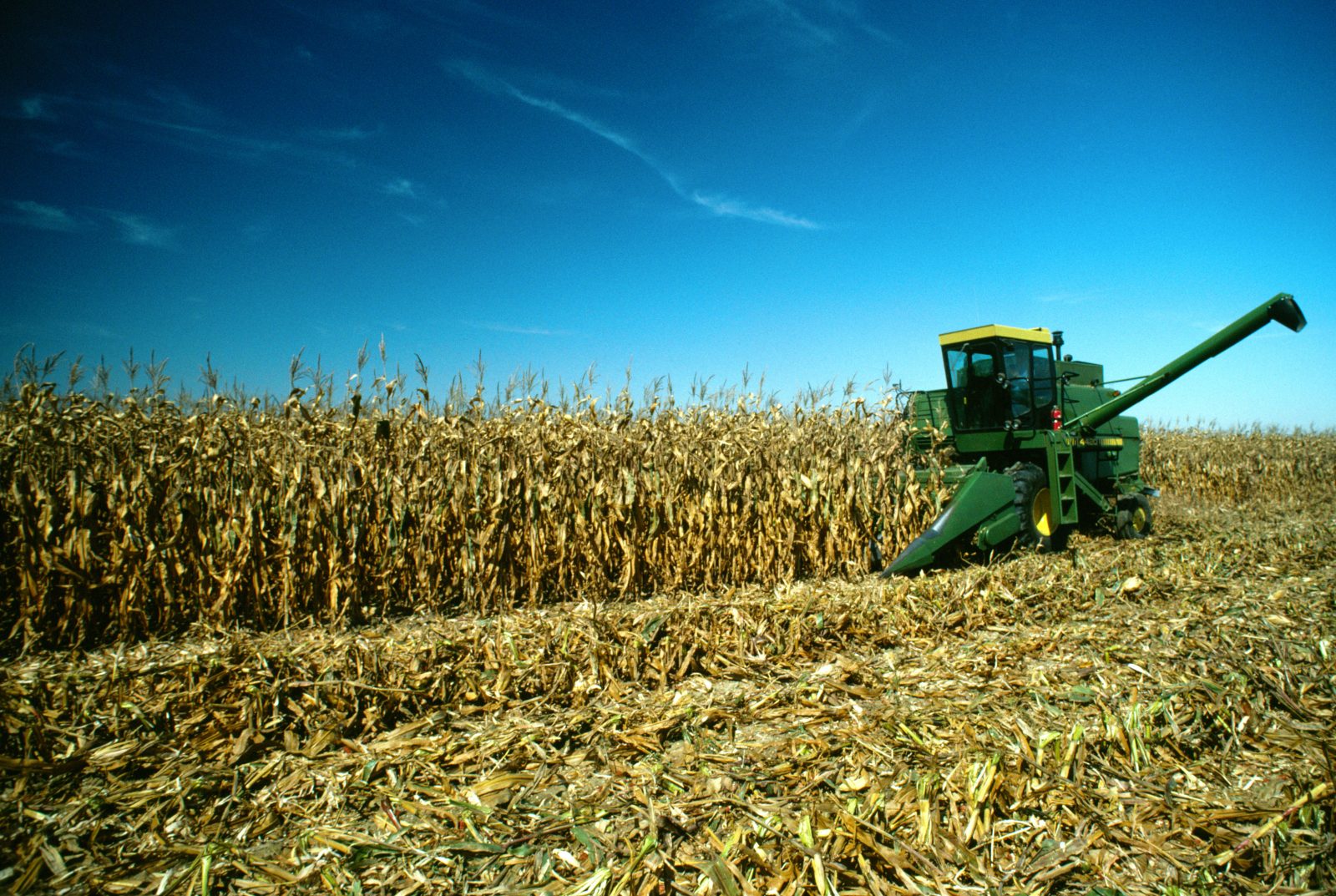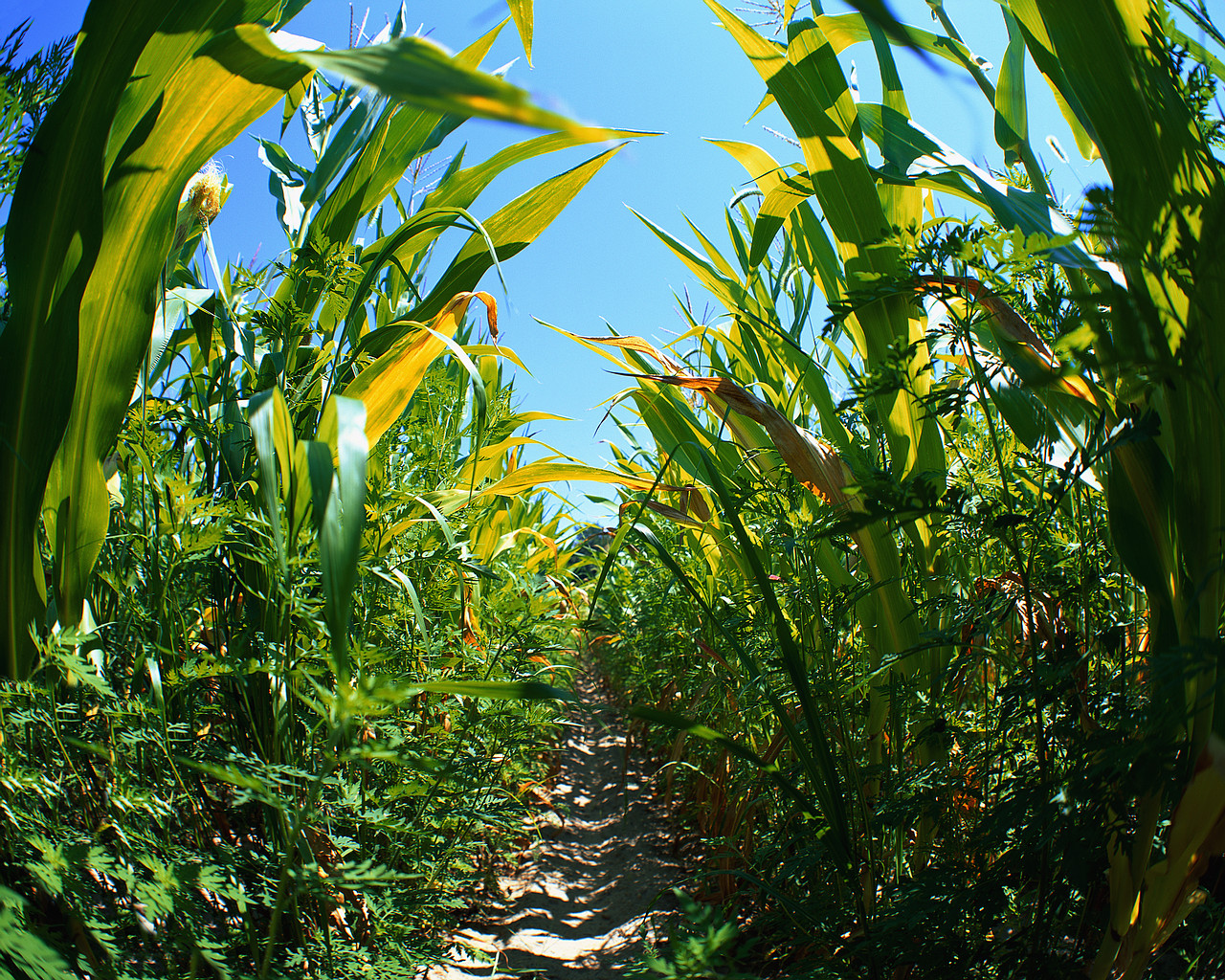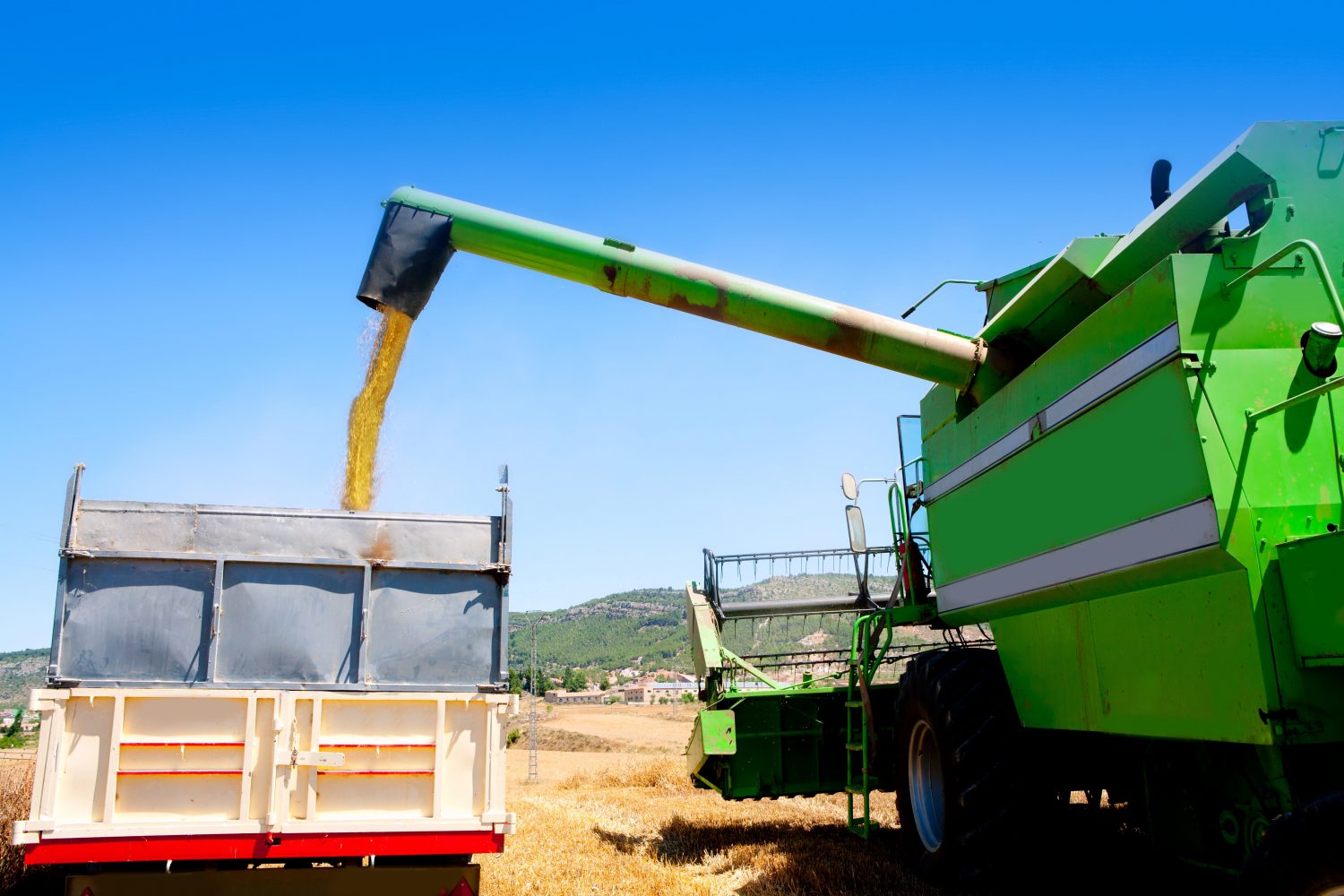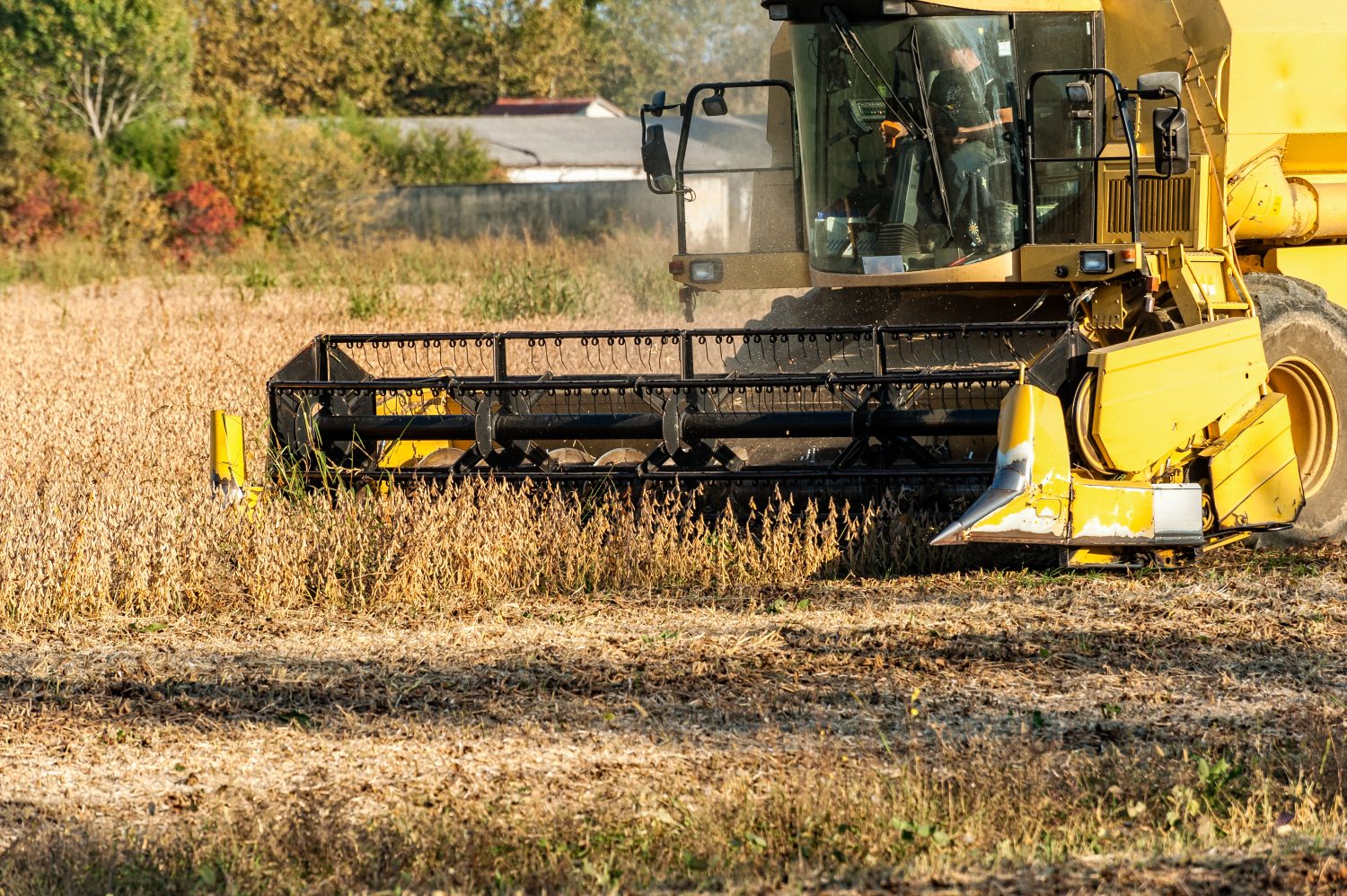fjfnewswp2324234234342017-12-21T18:45:38+00:00Corn hybrids move in and out of the marketplace at a faster rate of speed than ever today. The revolving door means farmers have less time to evaluate and pick the seed best-suited for their fields. Mike McLaughlin’s solution to that challenge is to evaluate multiple hybrids in his own on-farm test plot each year.
“The plot doesn’t make me an expert at picking hybrids, but it gives us a good feel for how different hybrids perform on our farm,” says McLaughlin, who farms near Le Roy, Ill., with his brother, Steve, and their partner, Cole Dooley.
Farm Journal Field Agronomist Ken Ferrie notes that plots provide valuable insights that farmers can gain only by evaluating hybrids in their own fields and under their own management practices.
“I’ve seen the same hybrid vary by 20 bu. to 40 bu. per acre because of different management practices used in a company test plot versus a farmer’s field,” Ferrie says. “Few farmers do plots, but the cost of seed today makes it worthwhile,” he adds.
If you’re considering putting test plot on your farm this season, consider the following five tips to help make the project—and the extra work it will take—a profitable investment.
Know what you want to accomplish. If you’re not sure what kind of goals to set, ask your agronomist or seed dealer for help. McLaughlin uses his plot to get a feel for how different hybrids respond to planting populations and which ones will flex during the growing season. That information, along with yield results, helps guide his hybrid placement decisions the following season.
For example, on lighter soils where moisture is often a limiting factor, McLaughlin likes to plant hybrids that will flex some and that have a pendulum-style leaf structure.
“They can be planted at a lower population, and the ear will compensate and be a bit bigger than if you’d planted at a high population,” he explains.
Likewise, in heavy loam soils, McLaughlin plants a more fixed-ear style hybrid with an upright leaf that can utilize sunlight well, respond to higher populations, and take advantage of the soil type and moisture availability.
“Doing the plots has helped me know how to evaluate leaf structure,” McLaughlin says. “I can’t really get that kind of information from going to a field day.”
Pick your plot location with care. Place your plot in an area that is representative of your farm’s predominant soil type. Unlike with a show plot, you need to avoid areas on your farm that are the highest-yielding or that contain multiple soil types over a small area.
Along with that, keep in mind that you’ll want easy access to the plot so you can evaluate the hybrids you’re testing on a regular basis.
McLaughlin’s plot is within a few minutes of his home, allowing him to check it daily. “The hybrids are all lined up in the plot, with an alley in the middle, so it’s easy to walk through and observe each one pretty quickly,” he says.
One caution Ferrie gives is to not place your plot so close to your home or the neighbors that you’re unable to aerial apply products, if needed.
Keep management practices the same. Don’t alter what you do in your plot from what you do in your fields. For instance, if you apply starter fertilizer in the field, apply it in the plot. The same goes for tillage and any other agronomic practice.
“I have seen farmers moldboard plow a plot or burn off the old-crop residue, even though they strip-till or no-till their fields. That makes for a good show plot, but it doesn’t yield information they can use on their farms,” Ferrie notes.
Study hybrids from emergence through harvest. Ferrie says there are lessons farmers can learn from an on-farm test plot all season. Here are some examples. After emergence, take stand counts and evaluate how close the hybrid came to reaching your target population. Dig up some plants, look at the roots and evaluate your planting performance.
In areas with poor stands and/or sickly plants, consider what contributed to those problems. Check for weeds, disease and insect pressure at the times you know they are likely to show up. See what hybrids insects flock to most or leave alone.
“Aphids and corn borer are taster insects based on sugars in the plant. They like some hybrids better than others, so they sometimes infest one hybrid and won’t touch the one next to it,” Ferrie says.
McLaughlin carries a notebook with him and takes notes on individual hybrids and anything he sees that might impact their performance every time he walks through the plot.
Ferrie says detailed notes are a useful reference, especially if a hybrid yields poorly. “You don’t want to discover that one hybrid yielded 20 bu. per acre less than the others and not know why,” he explains.
Evaluate hybrids prior to harvest. A couple of weeks prior to harvest, go through the plot and rate the hybrids from worst to best on stalk quality, ear shank, ear quality and ear mold. Split stalks and look for signs of disease. Give stalks the push test to see if they’re likely to fall down.
Take these details into consideration as you select hybrids for the following year. For example, if a hybrid yields great but doesn’t stand well, it may end up requiring more management and inputs so you might want to limit its use or not plant it at all.
Harvest the hybrids at the same moisture level you harvest fields. That means you might need to harvest the plot several times by maturity groups. For some farmers that might be a deal breaker, but not for McLaughlin.
At harvest, McLaughlin harvests each hybrid when it’s ready and records the raw yield data off the scale cart. In addition, Ferrie randomly pulls 10 ears from each hybrid, takes them back to the shop, shells them and weighs them to make sure McLaughlin has precise yield data to work from. The two then discuss the results for each hybrid before McLaughlin makes selections for the following season.
After three years of using on-farm test plots, McLaughlin believes the biggest payoff he’s had from them is that he’s able to pick more consistent performers for his soils. “We have some soil types that you’re not always going to hit a home run on, but because I know where to place hybrids now so much better than I used to we’re spending our seed dollars smarter.”
